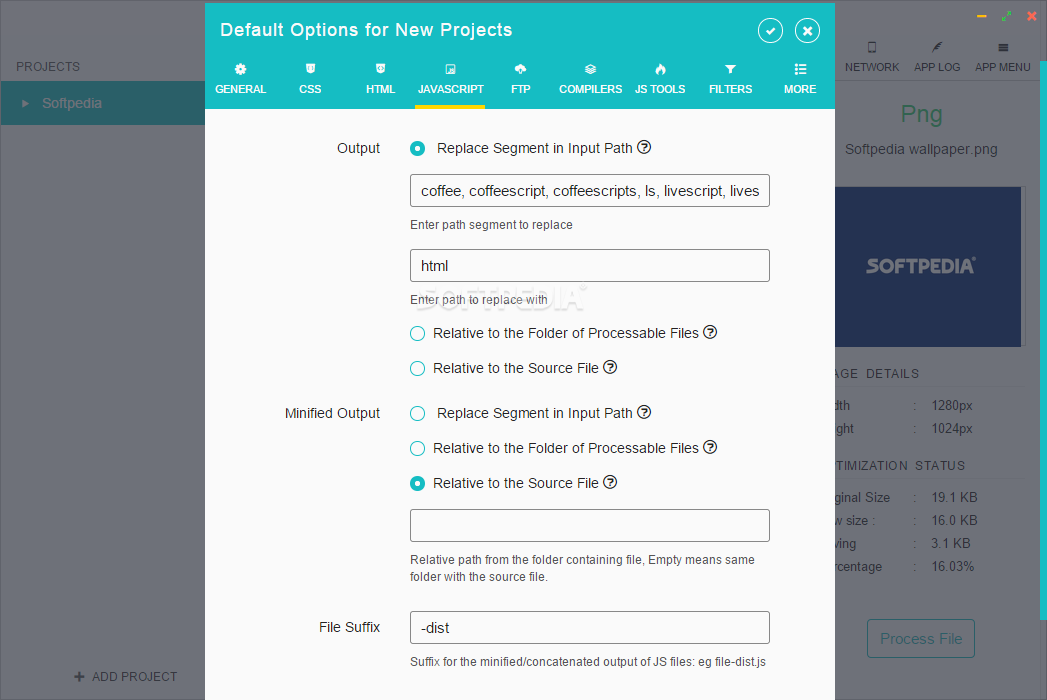
Up until version 3, Bootstrap was written in LESS but bootstrap 4 adopted Sass and boosted its popularity.

Which is why SCSS it the more recommended Sass syntax as it is easier to read and closely resembles Native CSS while at the same time enjoying with power of Sass.Ĭonsider the example below with Sass vs SCSS syntax along with Compiled CSS code.Įnter fullscreen mode Exit fullscreen modeĪrguably the most Popular front end framework Bootstrap is written in Sass.
PREPROS NOT COMPILING JS FILE CODE
However, browsers can only understand native vanilla CSS code and will be unable to interpret the CSS Preprocessor syntax. By using CSS Preprocessors, you can seamlessly automate menial tasks, build reusable code snippets, avoid code repetition and bloating and write nested code blocks that are well organized and easy to read. It helps us to use complex logical syntax like – variables, functions, mixins, code nesting, and inheritance to name a few, supercharging your vanilla CSS. This is where CSS Preprocessors come to the rescue.Ī CSS Preprocessor is a tool used to extend the basic functionality of default vanilla CSS through its own scripting language. As a result, a developer is bound by limitations and would face extreme difficulty in code maintenance and scalability, especially when working on large projects involving extensive code and multiple CSS stylesheets.
PREPROS NOT COMPILING JS FILE HOW TO
In this article, we will explore what CSS Preprocessors are, what are their advantages, their features, comparing the most popular types of CSS Preprocessors being used and finally how to set them up in your project.ĬSS in itself is devoid of complex logic and functionality which is required to write reusable and organized code. Yet quite a lot of beginners and even some experienced developers, are doing a great disservice to themselves by being reluctant to adopt CSS Preprocessors and continue to ignore them. It would be unfathomable to go back to the days without Sass, stuck in the messy quagmire of vanilla CSS code which often proved difficult to manage and organize as you scale up. To all the front-end developers actively arguing around the debate for Sass vs LESS in their projects, I can only hope that your neck isn’t sore from nodding in agreement. To say that its impact in pushing the limits of what CSS can achieve has been nothing short of revolutionary, would be a grave understatement.

create () var autoprefixer = require ( "autoprefixer" ) var rename = require ( "gulp-rename" ) var cssnano = require ( "cssnano" ) var postcss = require ( "gulp-postcss" ) var minify = require ( "gulp-minify" ) //var bourbon = require("bourbon").includePaths //var neat = require("bourbon-neat").It has been a while since the concept of CSS Preprocessor made its debut into the mainstay of front-end web development workflow and changed the way we code CSS. Var gulp = require ( "gulp" ) var sass = require ( "gulp-sass" ) var browserSync = require ( "browser-sync" ).


 0 kommentar(er)
0 kommentar(er)
